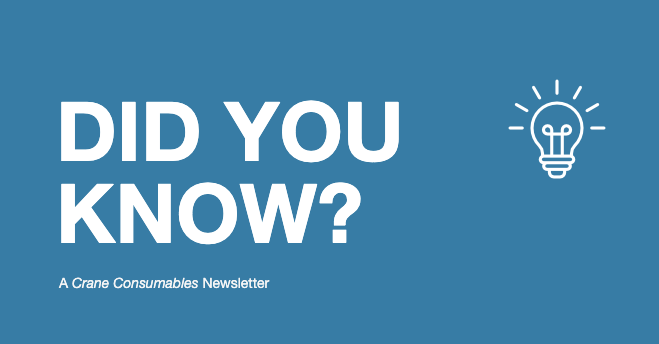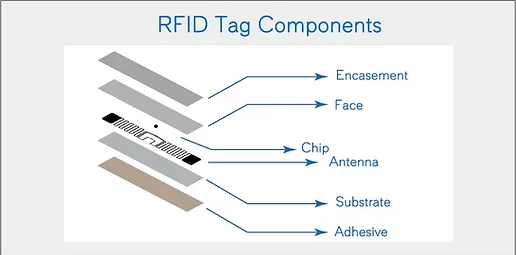
What Are RFID Labels?
RFID (Radio Frequency Identification) is a technology that allows wireless transmission of data between a reader and a chip via a small antenna. The chip has internal memory, where product data can be stored, modified, and transmitted to a database, such as a warehouse management software.
RFID chips, also called inlays, are available in two types: active and passive. Active chips are more expensive, as they contain a battery that provides read ranges up to 320ft. Passive chips provide read ranges of 30-40ft, for significantly less expense.
The read range depends on a number of factors, but the most important is the radio frequency band employed by the antenna. To put it simply, the lower the frequency, the shorter the read distance.
For most applications, passive RFID chips provide the best balance of cost effectiveness with efficient data transmission.

Why Are RFID Labels Used?
RFID labels are precise and offer real-time data with improved visibility. Unlike barcodes, RFID tags don’t need a direct line of sight, enabling faster inventory processing at a distance while being readable in any orientation.
Uses include:
- Inventory Tracking / Control
- Pallet Movement
- Asset Management
- Shipment Verification
- Location Updates
- Shelf Organization
- Order Fulfillment
There are significant time, labor and cost savings by automating warehouse tasks. In addition, by reducing the number of human errors, data is more accurate. Cutting cycle time from days to hours, optimizing space, and implementing efficient replenishment strategies lead to more stable cash flows, reduced carrying costs, minimized excess inventory, and eliminates stockouts.



